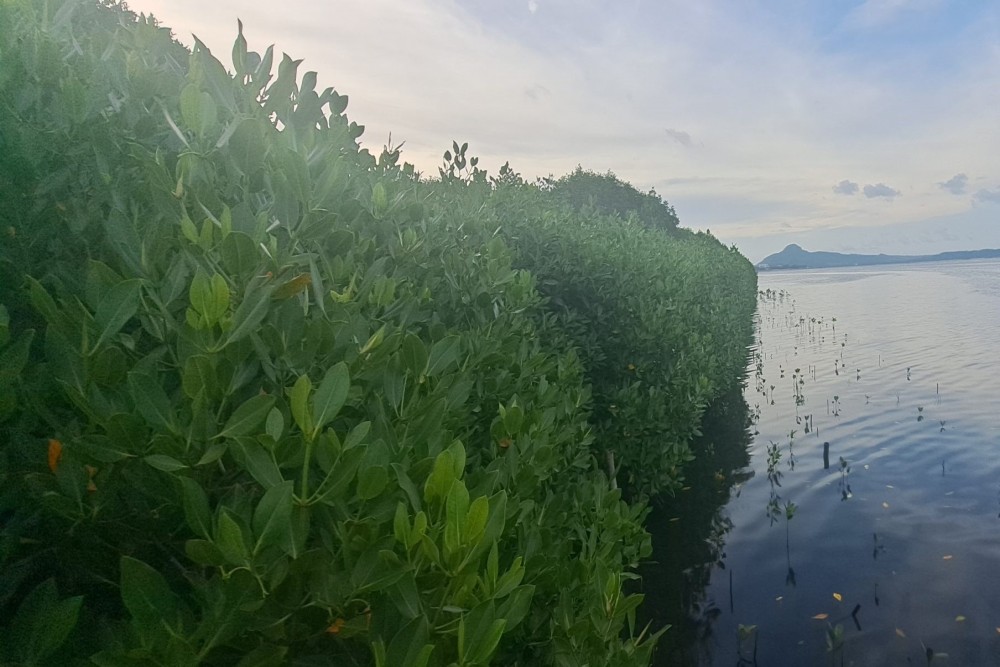TACLOBAN CITY — As Earth Day was observed around the world over this April, the City Environment and Natural Resources Office (CENRO) and Tacloban-based private group Pintakasi for Landscape Restoration Inc. highlighted the celebration with a tree planting activity of native tree species, emphasizing on the importance of using native trees in reforestation efforts.
Planting native tree species in the Philippines is crucial for restoring biodiversity, improving ecosystem health, and promoting sustainable livelihoods.
According to Marito Barillo, Tacloban CENRO, it’s high time for a change in the mindset of people reversing the practice of tree planting to sustain the ecosystem rather than harm it.
“Our native tree species are well-adapted to the local climate and play a vital role in maintaining healthy ecosystems and supporting local communities,” Barillo said.
The Philippines, he added, is home to an incredibly rich and diverse range of native tree species, many of which are endemic—meaning they’re found nowhere else in the world.
These native tree species which often highly valued for their ecological, cultural, or economic significance include the narra (Pterocarpus indicus) which is the Philippine national tree, a hardwood prized for furniture and used in reforestation projects; the molave (Vitex parviflora) which is a strong, termite-resistant wood used in traditional construction and boat-building; the bagtikan (Parashorea malaanonan) which is a tall dipterocarp tree used for lumber and part of lowland rainforest ecosystems.
Another is the yakal (Shorea astylosa) which is an extremely hard and durable wood, often used in building homes and bridges; the tanguile (Shorea polysperma) which is also dipterocarp known for its reddish wood used in construction; and the Balete (Ficus spp.) which is often seen as mystical, provides food and shelter for wildlife and is known for aerial roots and spiritual significance.
More native tree species are also encouraged to be planted by the environment department. The advantage of using native tree species, it was learned, is that they are well adapted to local conditions and have inherent ecological adaptability in the site aside from being readily available for propagation from seed, cutting or wildlings.
Youth and local communities took centerstage for environmental initiatives in this year’s Earth Day celebration in Tacloban City embodying the theme “Our Power, Our Planet.” Youth from local organizations and the academe were tapped to highlight Earth Day, tagging on their crucial role in environmental action—not just as future leaders, but as current changemakers shaping a firm response to climate and ecological challenges.
PIA PHOTO


